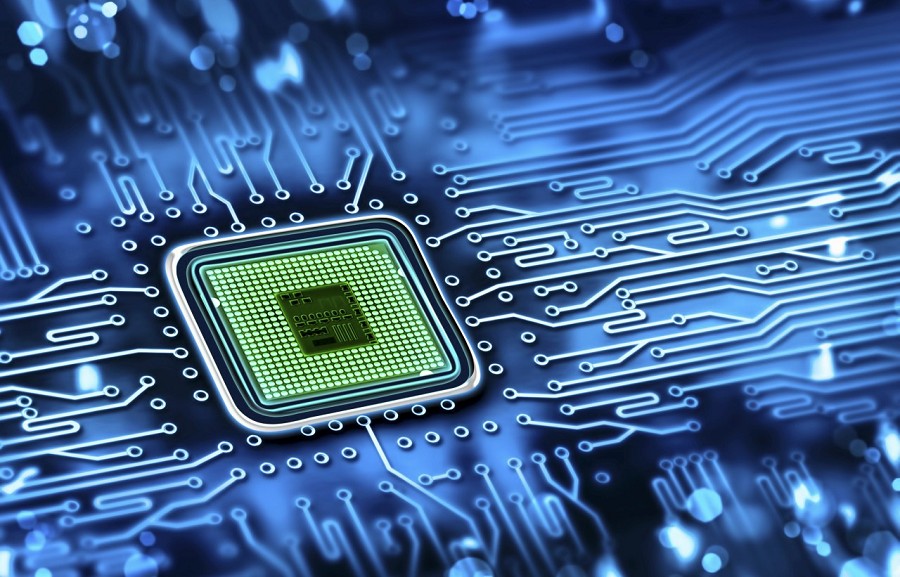A microprocessor is a kind of specialized microchip. Basically, High-reliability microprocessors are powerful calculating machines. They receive a certain volume of data, oriented in binary pattern 0 and 1, and have the function of responding to that volume, processing the information based on instructions stored in its internal memory.
What is ULA?
ULA is the acronym for Arithmetic Logic Unit. This is the circuit that is in charge of carrying out the mathematical operations required by a given program. Current processors have another unit for calculations, known as the Floating Point Unit. This serves to work with huge numbers, 64, 128 bits.
Control Unit
The term “electronic brain” is far from classifying and summarizing the functioning of a microprocessor. However, the Control Unit is the closest thing to a brain inside the microprocessor. This controller defines the operating regime and order for the various tasks of the processor.
Understand the Cache
Understand how space, where the instructions can be stored inside the processor, works: Given the amount of work that the CPU faces, in this space information is constantly requested. This is done as a way to save time: stored in the processor, this data is quickly accessible and there is no need to perform a disk or RAM scan to search for the information.
Recorders
Registers are the processor’s memory. You already understood that this highly specialized microchip receives data and processes it, in an input and output regime of information that makes the computer, the tablet, the video game, the GPS, the TV, in short, all electronic equipment work. In order to “know” what to do with the data, however, the processor needs instructions. This is what is stored in this type of memory called the Register: several rules that guide the ALU to calculate and make sense of the data it receives.
Memory Management Unit (MMU)
The Memory Management Unit (MMU) is responsible for coordinating the functioning of the memory. The processor can only be fast if the RAM comes with it. MMU is the resource that transforms logical (virtual) instructions into physical addresses in memory banks. The processor scans the memory for data and instructions and the MMU is the resource that records where system information is hosted in memory. It tells you where the processor should look.
Importance of Clock
More or less Hertz means how much the processor exchanges data with the system. The processor that offers 2.0 GHz can perform 2 billion cycles per second. The clock circuit, which measures cycles and guides the rhythm of the information exchange flow in the processor, is one of the main criteria for establishing the processor speed. It is worth mentioning that other points are included in this account, such as memory interface, amount of cache, architecture, etc.
Applications
There are several types of processors and each type of application requires a certain type of microprocessor. This is the case with our computers, which use x86. Compact devices with fewer types of applications use different types of microprocessors. Basically, any chip that controls some hardware is a microprocessor. It receives data, addresses it, and returns it processed.

